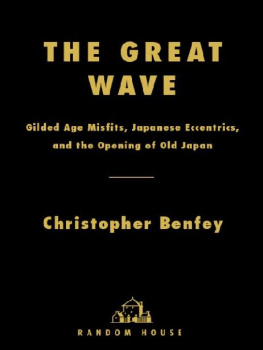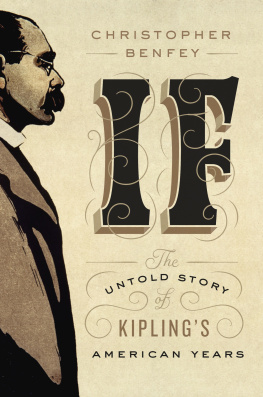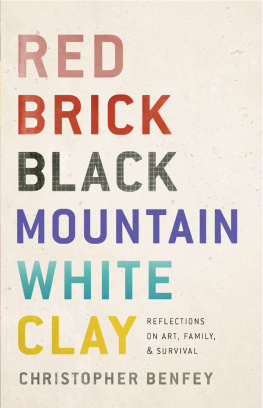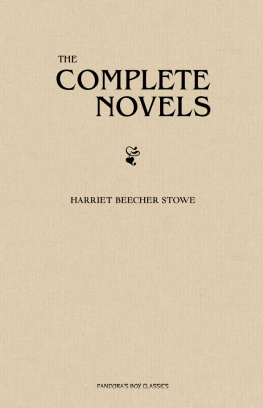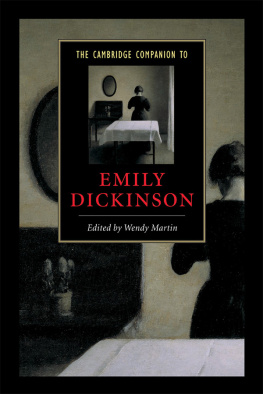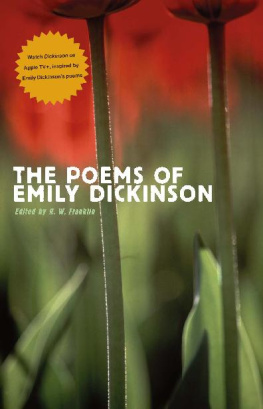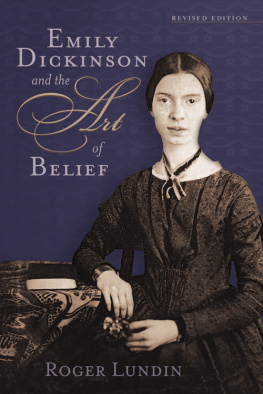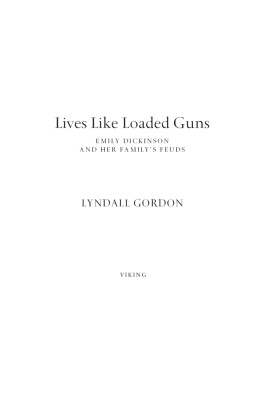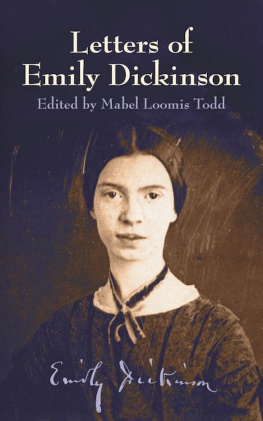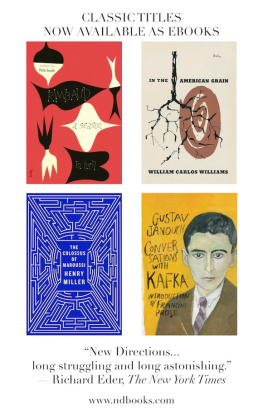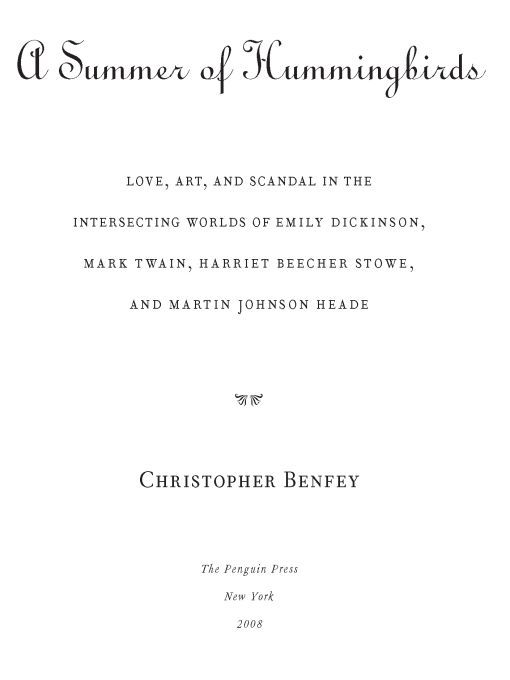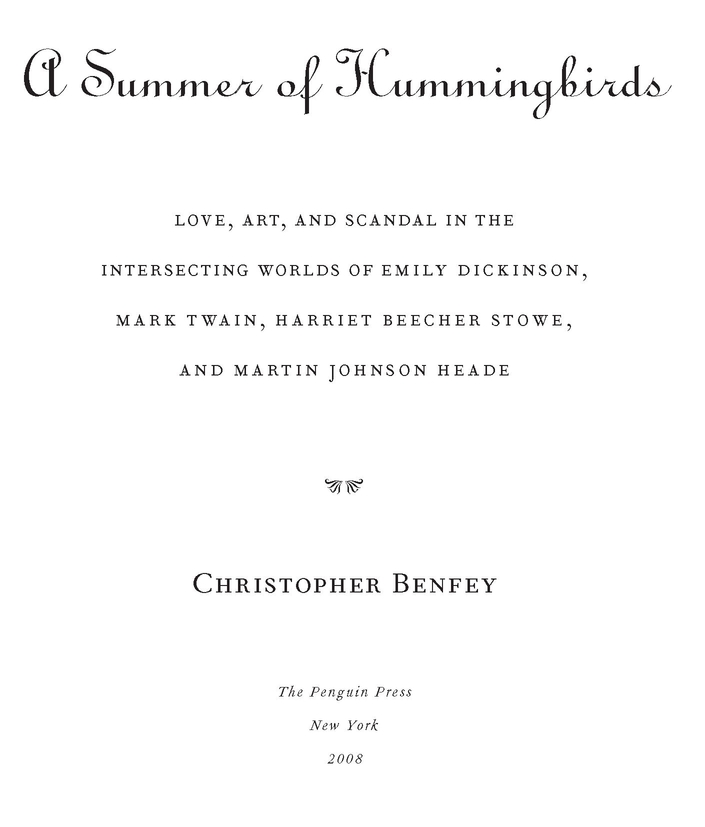Table of Contents
ALSO BY CHRISTOPHER BENFEY
The Great Wave: Gilded Age Misfits,
Japanese Eccentrics, and the Opening of Old Japan
Degas in New Orleans
The Double Life of Stephen Crane
TO MICKEY
I have wasted my life with mineralogy, which has led to nothing. Had I devoted myself to birds, their life and plumage, I might have produced something myself worth doing. If I could only have seen a hummingbird fly, it would have been an epoch in my life.
John Ruskin
Dramatis Personae
HENRY WARD BEECHER (1813-1887): Amherst College graduate (1834) and preacher at the Plymouth Church in Brooklyn from 1847 until his death. Collector of gems and hummingbirds as well as paintings by Martin Johnson Heade. Known for his abolitionist views and his endorsement of evolution. Trial for adultery receives national attention.
LORD BYRON (1788-1824): Romantic poet, wildly popular in nineteenth-century New England, known for his subversive religious views and his seductions of women. In 1869, Harriet Beecher Stowe publicly accuses him of having had sexual relations with his half-sister, Augusta Leigh.
JOSEPH CORNELL (1903-1972): twentieth-century American artist, best known for his surrealist boxes. During the 1950s, develops a passion for the poetry of Emily Dickinson and constructs many boxes and collages inspired by her work.
AUSTIN DICKINSON (1829-1895): older brother of Emily Dickinson and art collector. Leading attorney in Amherst and treasurer of Amherst College, his alma mater (class of 1850). Has an adulterous affair with Mabel Loomis Todd.
EMILY DICKINSON (1830-1886): poet. In September 1882, sends a hummingbird poem to Mabel Loomis Todd in exchange for a painting of Indian pipes.
HENRY MORRISON FLAGLER (1830-1913): a founder of the Standard Oil Company, develops St. Augustine, Florida, as a destination for Yankee migrants, building railroads and the Ponce de Leon Hotel. Hires Martin Johnson Heade as painter-in-residence for the hotel.
MARTIN JOHNSON HEADE (1819-1904): painter of hummingbirds. Visits Amherst during the summer of 1882 in pursuit of his pupil Mabel Loomis Todd.
THOMAS WENTWORTH HIGGINSON (1823-1911): abolitionist, secret supporter of John Brown, and Emily Dickinsons literary mentor. Leads the first black regiment during the Civil War, fights along the St. Johns River, and occupies Jacksonville, Florida.
EBEN LOOMIS (1828-1912): statistician at the National Almanac Office, nature writer, and father of Mabel Loomis Todd. Martin Johnson Heades best friend and agent after Heade settles in Washington, D.C., during the winter of 1881.
OTIS LORD (1812-1884): Amherst College graduate (1832), Whig politician, and justice of the supreme judicial court of Massachusetts. Falls in love with Emily Dickinson during the late 1870s and proposes marriage. Commencement speaker at Amherst College in 1862, opposite his intellectual rival, Henry Ward Beecher.
PEDRO II (1825-1891): last emperor of Brazil. Amateur naturalist and astronomer, supports Martin Johnson Heades projected album of Brazilian hummingbirds. Travels to the United States in 1876 to meet Longfellow and view the northern sky.
HARRIET BEECHER STOWE (1811-1896): author of Uncle Toms Cabin, settles in Mandarin, Florida, on the St. Johns River, after the Civil War, where Colonel Higginson had fought during the war and where Martin Johnson Heade visits her during the winter of 1883. Her daughter Georgiana, a morphine addict, marries the minister of the Episcopal church in Amherst. Her son Fred is wounded at Gettysburg and disappears in San Francisco.
DAVID TODD (1855-1939): Amherst College graduate (1875) and astronomer, discovers Phobos, the second moon of Mars. Todds photographs of the Transit of Venus of 1882 excel all others. As a child, attends Beechers Plymouth Church and admires its organ. Husband of Mabel Loomis Todd. Dies insane.
MABEL LOOMIS TODD (1856-1932): virtuoso writer, painter of flowers and birds, lecturer, and mistress to Austin Dickinson. Studies painting with Martin Johnson Heade. Edits Emily Dickinsons poetry with Thomas Wentworth Higginson.
MARK TWAIN (1835-1910): novelist, essayist, and travel writer. Travels through Nicaragua a few months after Heade. Admires Heades paintings and buys one of his Florida landscapes to decorate his Hartford house. Friend of Henry Ward Beecher and neighbor of Harriet Beecher Stowe.
Prologue
A PLACE IN THE SKY WHERE A CLOUD HAS BEEN
I.
DURING THE SPRING of 1882, Mark Twain, Missouri river rat turned respectable Connecticut Yankee, traveled down the Mississippi River to refresh his memories of the lost world of his childhood. He had reached an impasse in the novel he was writing, about a white boy and a black man adrift on the river, both of them in search of freedom. Twains riverboat journey down to New Orleans served as a stark reminder of the transformation of the country during the twenty years since he had left the South in 1861, after his mercifully brief service in a ragtag Confederate militia. The river is so thoroughly changed that I cant bring it back to mind even when the changes have been pointed out to me, he wrote. It is like a man pointing out to me a place in the sky where a cloud has been.
The Civil War was the devastating storm that had swept the sky clean. Like so many Rip Van Winkles, Americans awoke to a new world and rubbed their eyes in disbelief. For Southerners, Twain noticed, the war is what A.D. is elsewhere: they date from it.... It shows how intimately every individual was visited, in his own person, by that tremendous episode. The
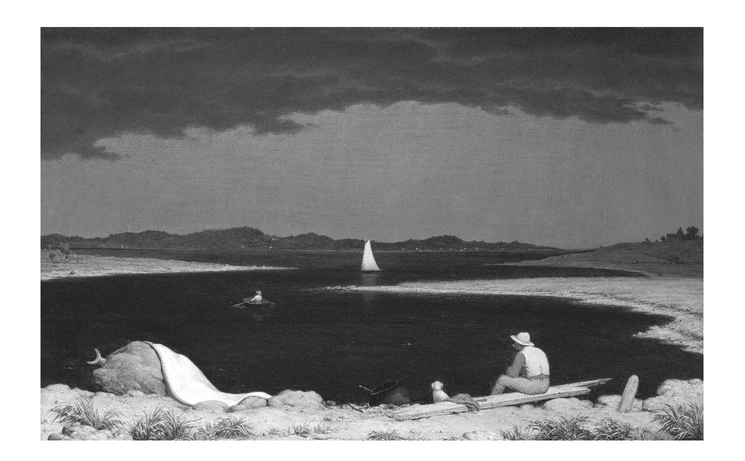
Martin Johnson Heade, Approaching Thunder Storm (The Metropolitan Museum of Art)
transformation was evident in the North as well. The war had decimated a generation of young men on both sides, and touched their families and friends in ways that endured for generations.
This book is about a cluster of American artists and writers adrift during the seismic upheaval of the Civil War and its wrenching aftermath. It is about a pre-Civil War mind-set and a post-Civil War need. Social arrangements and practices that seemed natural before the war, from slaveholding to churchgoing, did not survive the carnage on the killing fields of Antietam and Gettysburg. Scarred sensibilities did not remain the same either, as people tried desperately to hold on to familiar attitudes and emotions that no longer fit new realities. As he began his second term in office, President Abraham Lincoln called on all Americans to bind up the nations wounds; six weeks later, killed by an assassins bullet, he joined the mounting list of casualties, and others took up the difficult task of healing.
The quest for psychic wholeness played out in kindred ways among the central characters of this book, all of whom were connected by ties of friendship and family. Three are among the best-known American writers: Mark Twain, the vagrant humorist; Emily Dickinson, the stay-at-home visionary; and Harriet Beecher Stowe, whose electrifying antislavery novel,


